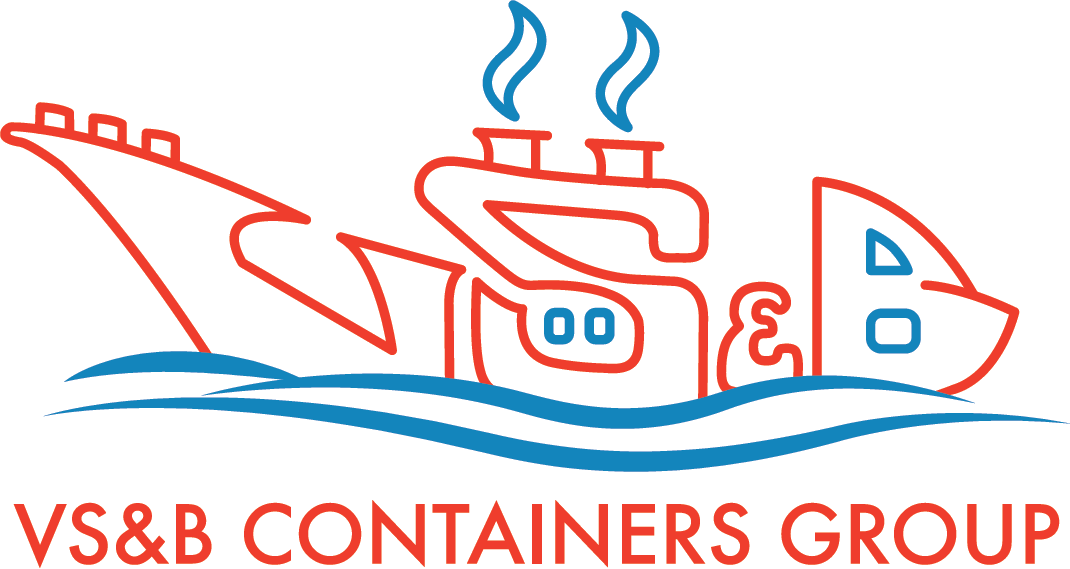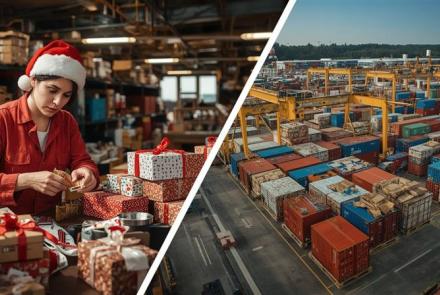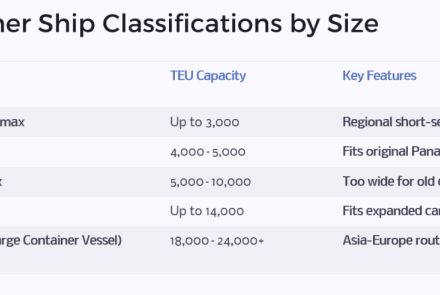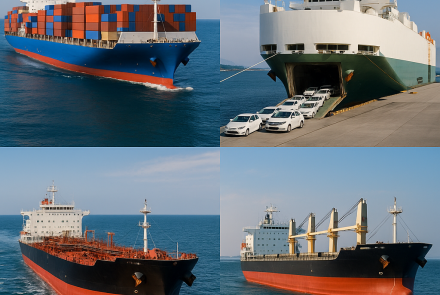Why Do Containers Have Vents and Different Locking Rod Configurations?
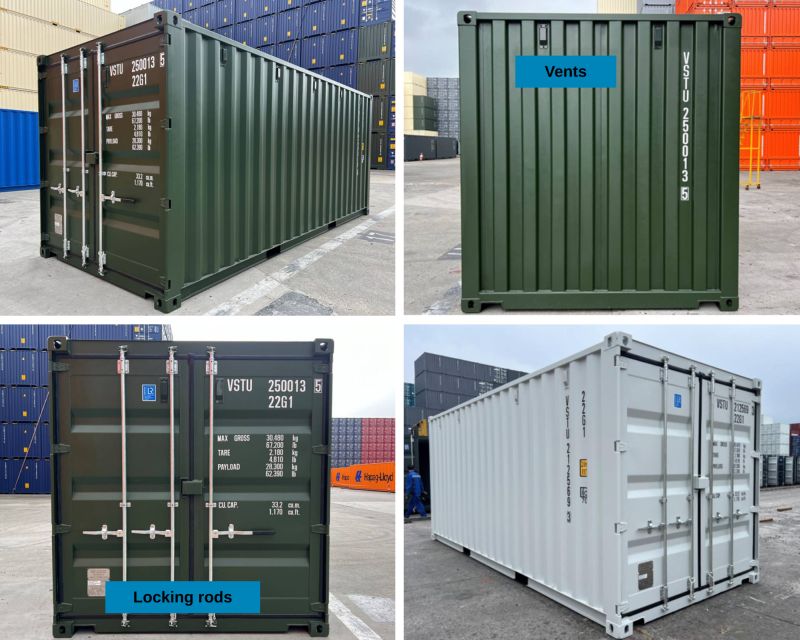
Shipping containers, the backbone of international logistics, may look simple from the outside, but their design includes small details that make a big difference in cargo safety and functionality. Among these are the vents on the container walls and the number of locking rods on the container doors.
Ever wondered why some containers have 3 locking rods while others have 4? Or what those small vents on the sides actually do? Let’s break it down.
The Role of Vents in Containers
Containers are designed to be watertight and airtight, shielding cargo from seawater and weather conditions. But a completely sealed steel box can create its own set of problems. That’s where vents come in:
- Moisture Build-up: Temperature changes during transport can cause condensation inside the container, damaging sensitive cargo.
- Air Circulation: Vents allow limited airflow, reducing “container rain” (droplets forming on the container ceiling and dripping onto goods).
- Preventing Mold & Odors: Proper ventilation lowers the risk of mold, mildew, and musty smells, especially in containers carrying textiles, wooden goods, or food packaging.
Vents are carefully designed so they allow airflow but keep rainwater and seawater out, ensuring containers remain both protected and breathable.
Locking Rods: Why They Matter
Container doors are secured using locking rods that run vertically from top to bottom. Each rod is fitted with cams and keepers that lock into the door frame, ensuring a tight seal and cargo security.
Here’s why locking rods are so important:
- Material & Strength: Made of high-tensile steel, they withstand constant handling and internal cargo pressure.
- Sealing Pressure: More rods apply even pressure across the door gaskets, ensuring a stronger watertight seal.
- Rod Length & Leverage: Longer rods make doors easier to open and close, while multiple rods distribute stress more evenly.
- Security: Extra locking points make it more difficult for intruders to tamper with or force open the doors.
- Maintenance: Regular inspection and greasing help prevent rust, bending, or worn parts from reducing sealing effectiveness.
- Emergency Strength: More locking rods provide better resistance against door warping in accidents or when cargo shifts suddenly.
- Ease of Opening and Closing: 3 locking rods are useful when a container is expected to be used primarily for storage. It allows easy opening and closing of the doors.
👉 For a detailed comparison of 3 vs 4 locking rod containers - including structural differences, cargo compatibility, and industry preferences - check out our in-depth blog here: Container Handle Dynamics: An Analysis of 4-Handle vs. 3-Handle Containers
Why These Features Matter
Every detail of container design - vents, locking rods, seals, flooring, and corner castings - is engineered to:
- Protect cargo integrity during global transport.
- Extend container lifespan and usability.
- Provide assurance to shippers, logistics providers, and consignees that goods will arrive safely.
So, the next time you notice a vent on the side of a container or extra locking rods on the doors, remember: they aren’t just design choices. They’re safety-driven features that keep global trade moving smoothly.
VS&B Containers group offers both standard and custom-made containers, delivered directly from the factory to your desired location. With a fleet of over 30,000 containers made available across Europe and Asia, the company helps customers get containers effortlessly from anywhere in the world. If you have unique needs in terms of affordability, adaptability, and potential return on investment, please drop an email to traders@vsnb.com, and the VS&B team will contact you to discuss further.
- Log in to post comments
